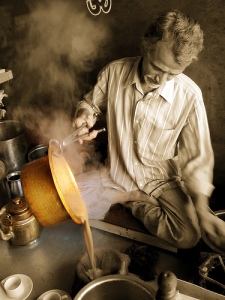Tasting Kashmir in the streets of Delhi
The word ‘Kashmir’ is highly evocative. Just think Kashmir and a series of images flash through the head. The floating market on an opalescent Dal Lake, the elaborate, intricately carved houseboats and the sun setting on a shining, white Gulmarg. And the food. Multi-hued and quasi-flavoured, each dish in the Valley has its own exotic fragrance. Meatballs too big to be true, fiery curries, the fragrant Kahva and the pale Noon Chai — that’s the magic of Wazwan.
According to some sources, Wazwan is the namesake of ancient chefs from Samarkand (the cultural capital of Central Asia in the 15th century), who accompanied the raiders to India and later settled down in Kashmir. It refers to the full 36-course meal of Kashmiri Muslims, cooked by Wazas (or chefs) who have been doing it for generations. Therefore, Wazwan food needs to be eaten in its traditional, authentic form so that it could be comprehended (and thus appreciated) even slightly. Unfortunately, south of the Valley, there aren’t too many places that offer authentic Wazwan.
But Srinagar-based Abdul Ahad Waza wasn’t content to confine Wazwan food to Kashmir. The descendant of a long line of Wazas, he was determined to spread the food and its culture as widely as he could. The fruit of his labour is the Wazwan behemoth, Ahad Sons. For more than 30 years, the family has been purveying authentic Wazwan fare to a legion of admirers, which is growing constantly. Now managed by Ahad’s three sons — Sharif, Shafi and Rafiq — the company cooks and packages the food in Kashmir before sending it down to their tiny branch office in Delhi’s Uday Park, for distribution. Kashmiri natives swear by it and lovingly carry tins with them whether travelling within India or abroad. But they’re not the only ones buying.
“Earlier, we used to cook fresh food and our clients would take it with them wherever they travelled. In order to make it easier for them, in 2000, we started packaging our food in tins. Now, the food has a shelf life of six months and our customers are able to enjoy Wazwan wherever they are,” says Shafi, who handles the Delhi office. Apart from tinning Wazwan food, the company does massive business in catering for events — ranging from intimate dinner parties to lavish five-star events and even government functions. “Since we provide the best Kashmiri fare, we have a huge demand throughout the year from politicians, film stars and everyone,” says the company’s manager SN Kohl.
But Ahad Sons is not the sole provider of Wazwan food in Delhi. There’s also Waza, whose story started in the ’80s. In 1983, Arvind Mehta started a catering service in his home town, Jammu, specialising in Wazwan fare. While the company flourished, Mehta was quite content in his place of birth. “It was only last year that a couple of friends, along with myself, decided that the time was ripe to expand Waza’s operations to other cities,” says Mehta.
Their first outlet came up in July 2011 in South Delhi’s Malviya Nagar. But the “mixed land policy” of the Municipal Corporation of Delhi made it tough for them to continue operating from there, and Mehta was compelled to shut shop last month. In the meantime, he started two more outlets in Chittaranjan Park and Gurgaon, and plans are ripe to open another one in the upmarket Defence Colony, besides expanding to Lucknow next month.
Given its enormous market in the Capital, one wonders why Ahad Sons hasn’t yet opened a restaurant here. But it’s not that they haven’t toyed with the idea. Kohl explains, “Wazwan is meant to be eaten seated on the floor, which would be a very hard concept to sell in a restaurant. Many people believe eating the Wazwan food on a table will give it an entirely different taste.















![IMG_1498[2]](https://yell0wblog.files.wordpress.com/2012/08/img_14982.jpg?w=300&h=225)










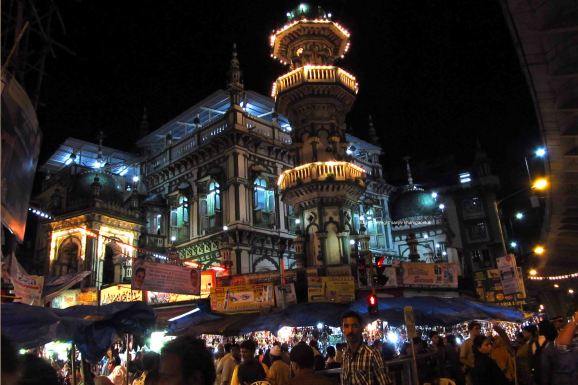
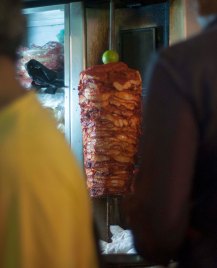
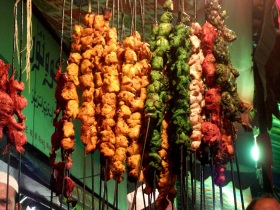
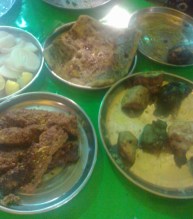
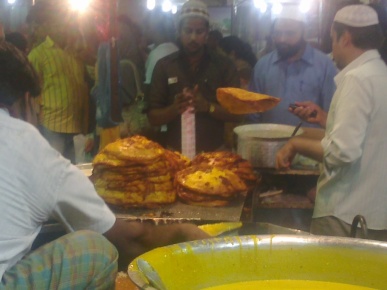






![IMG_0609[1] the first drink of evry morning](https://yell0wblog.files.wordpress.com/2012/07/img_06091.jpg?w=224&h=300)
